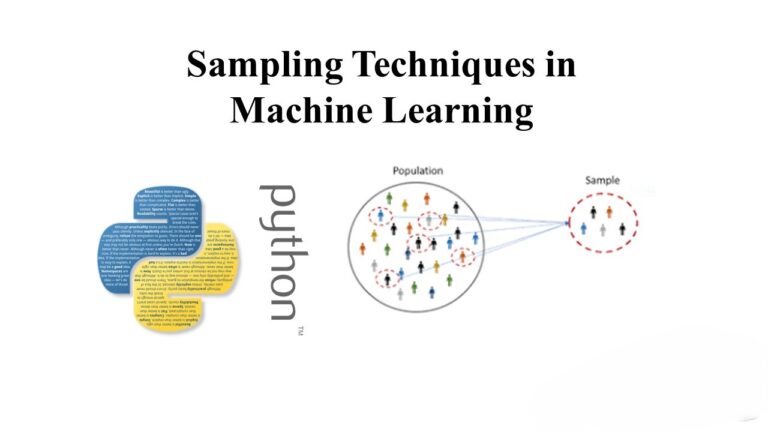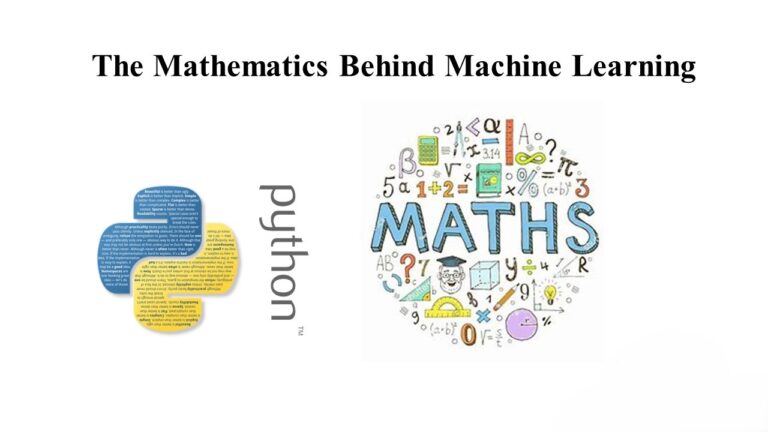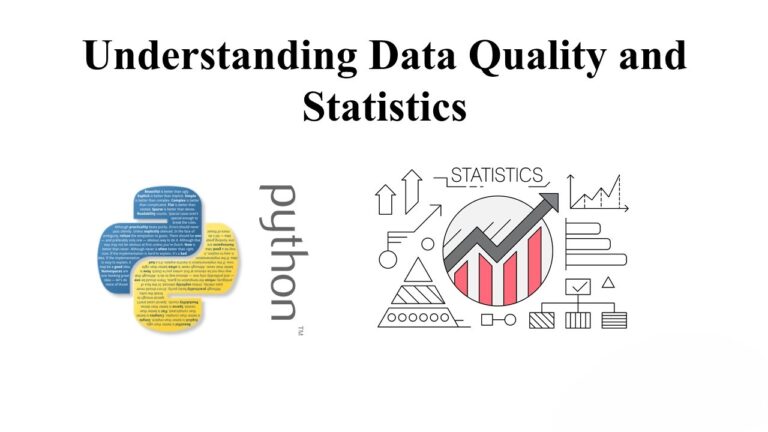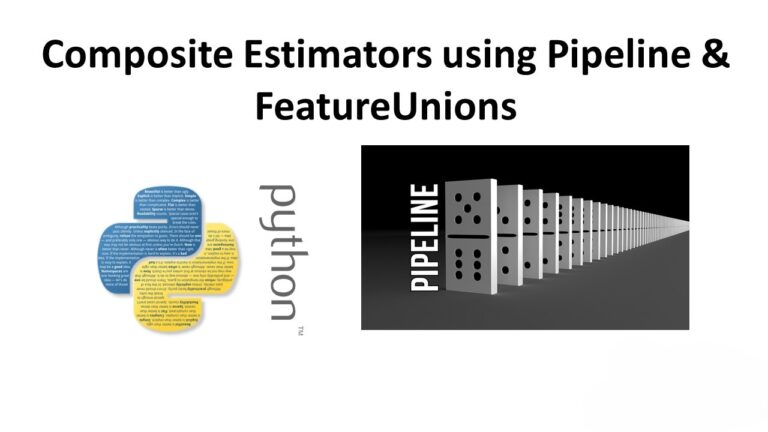Agentic AI: Paving the Way for Adaptive Artificial Intelligence’s Future
Agentic AI is revolutionizing the world of artificial intelligence, bridging the gap between human-like decision-making and autonomous systems. Let’s dive into what makes Agentic AI a transformative approach and explore its key components, use cases, and challenges. What is Agentic AI? Agentic AI refers to systems that possess adaptive, autonomous decision-making capabilities. These systems are…










